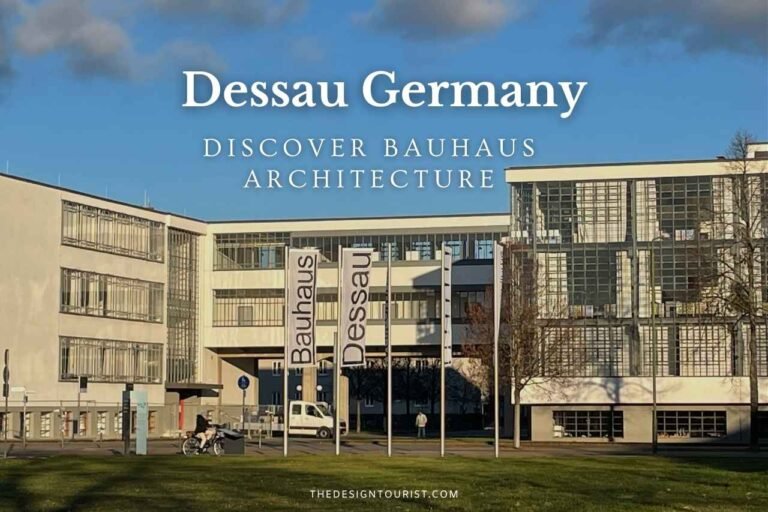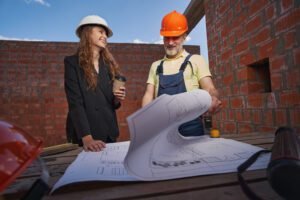This post may contain affiliate links, which means I may earn a small commission from purchased products at no additional cost to you. See my full disclosure here.
What if an entire city told the story of a design movement that changed the world? In Dessau, Germany, a UNESCO World Heritage site and the heartbeat of Bauhaus architecture. This city is more than a destination; it’s a living museum of modernism, social reform, and visionary design.
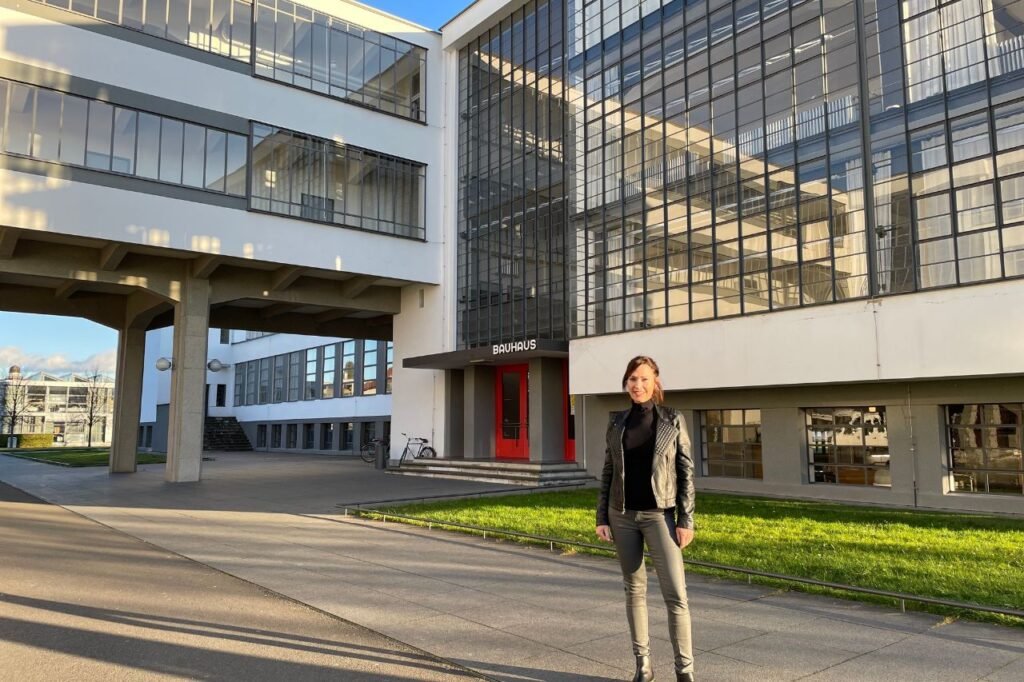
I explored Dessau to trace the evolution of the Bauhaus School, the 20th century’s most influential art, architecture, and design movement. What unfolded was a story of radical ideas, glass-wrapped buildings, social ideals, and a new way of living that still shapes our world today.
What Is Bauhaus and Why Did It Come to Dessau?
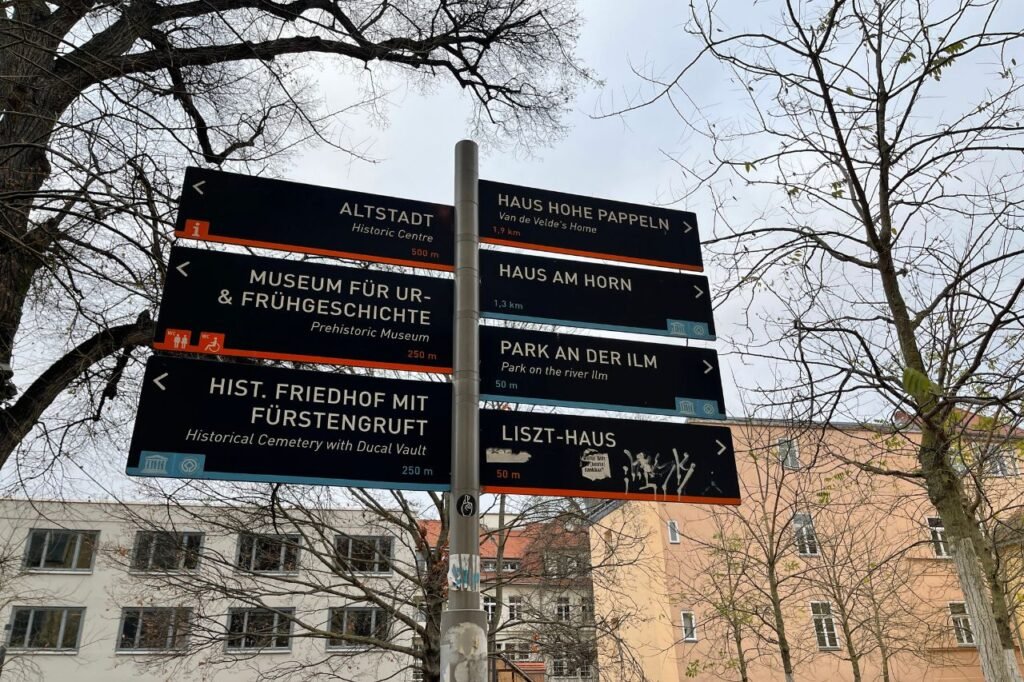
“Bauhaus” means “school of building” and was founded in 1919. It wasn’t just about architecture, though it was about rethinking the way we live. In 1925, when political pressure forced the school out of Weimar, the city of Dessau made an offer that would change everything: land, funding, and support for a new school building.
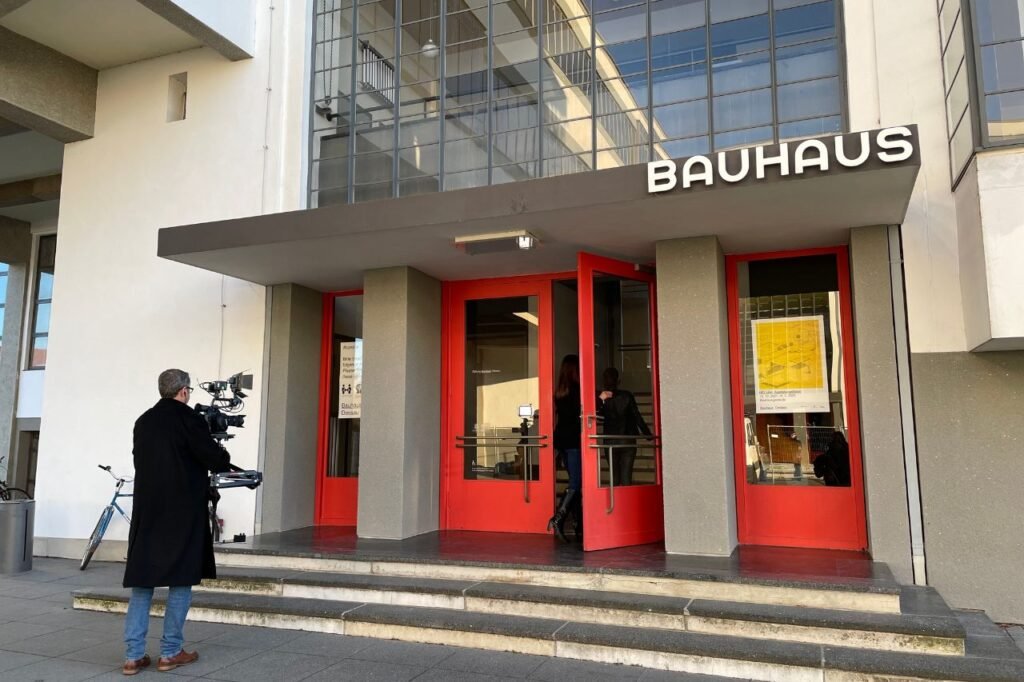
Dessau, an industrial town in Saxony-Anhalt, embraced the Bauhaus. This wasn’t just generosity, but also it was strategic. The city’s industries were booming, and Bauhaus ideas aligned with forward-thinking design and production. It was the perfect match. I met with Anke, a Dessau resident and architecture expert.
She explained, “The town paid for this new building, and that was a big chance for Gropius to construct it exactly how he wanted.”
Inside the Bauhaus Building: A Modernist Masterpiece
Our first stop was the iconic Bauhaus School Building, designed by Walter Gropius. From the outside, it looks like a simple concrete structure with massive glass walls. But it holds more than meets the eye.
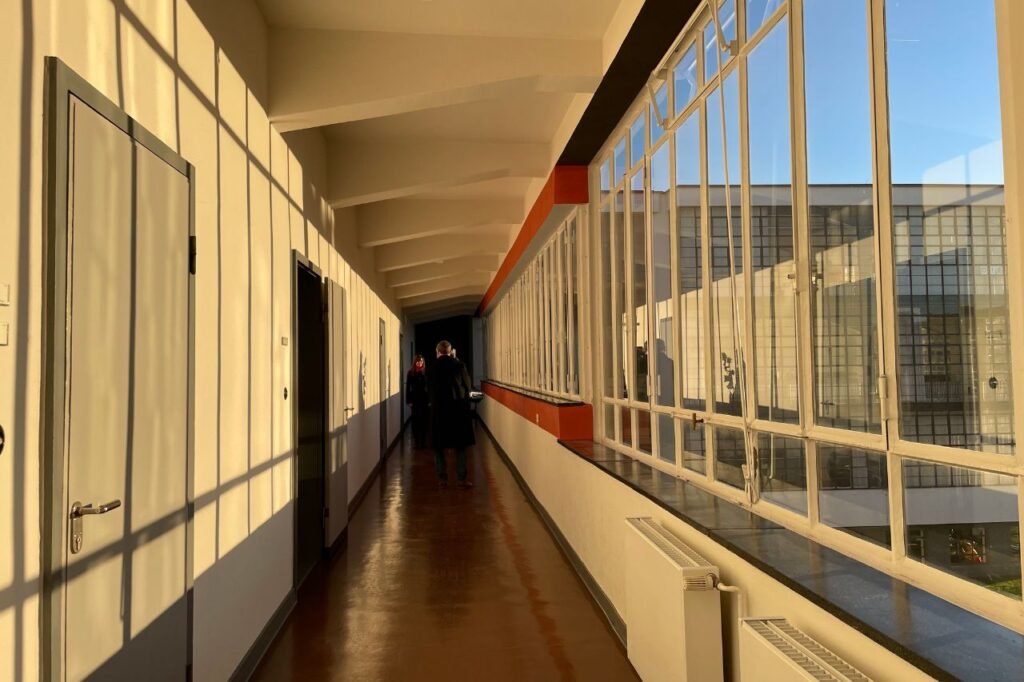
Stand at the logo, and you’ll notice a gray line that hides the true architecture. It’s created by the sash boxes of the windows. As you walk around to the main entrance, the building seems to open up. The windows widen, and suddenly you can see right through the workshops, all the way to the other side.
Gropius wanted to show transparency. The architecture itself was meant to teach.
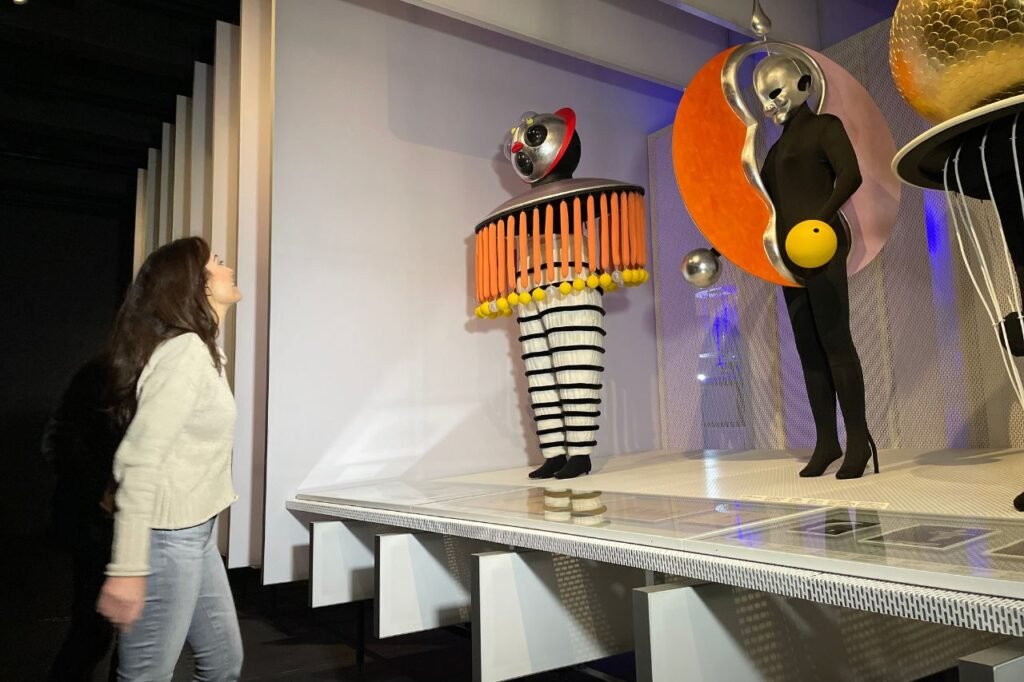
Inside, we visited the school’s theater. Students here studied more than design; they studied performance, movement, and collaboration. I sat in one of the original chairs designed by the students themselves. It was minimal and straightforward but surprisingly comfortable.
“Form follows function” wasn’t just a motto; it was a lived experience.
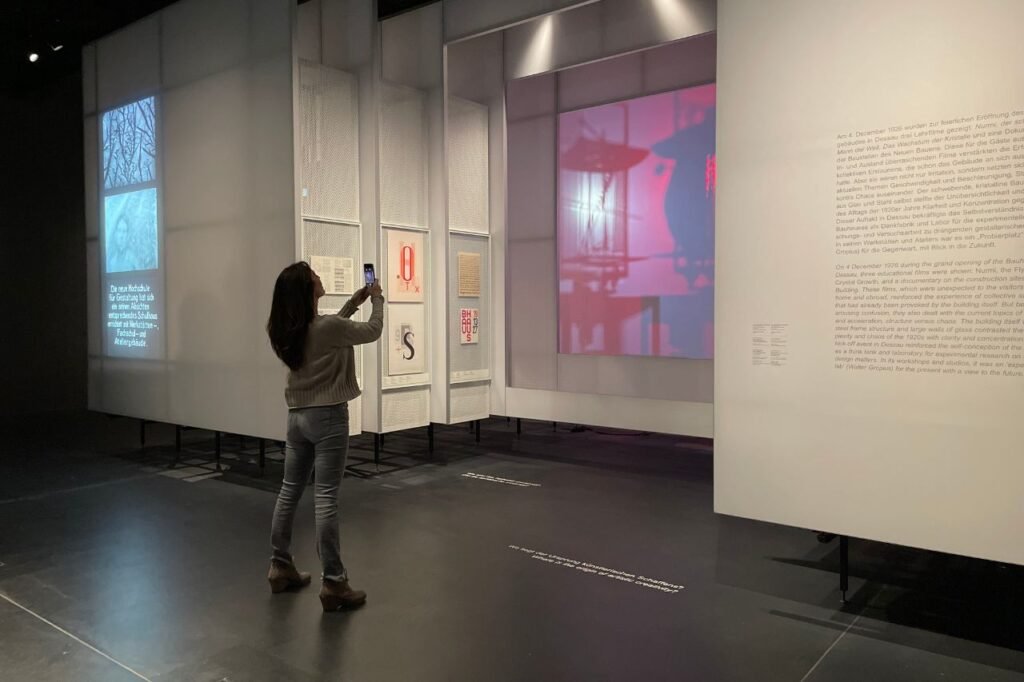
As we toured the space, I noticed something striking: no paintings on the walls.
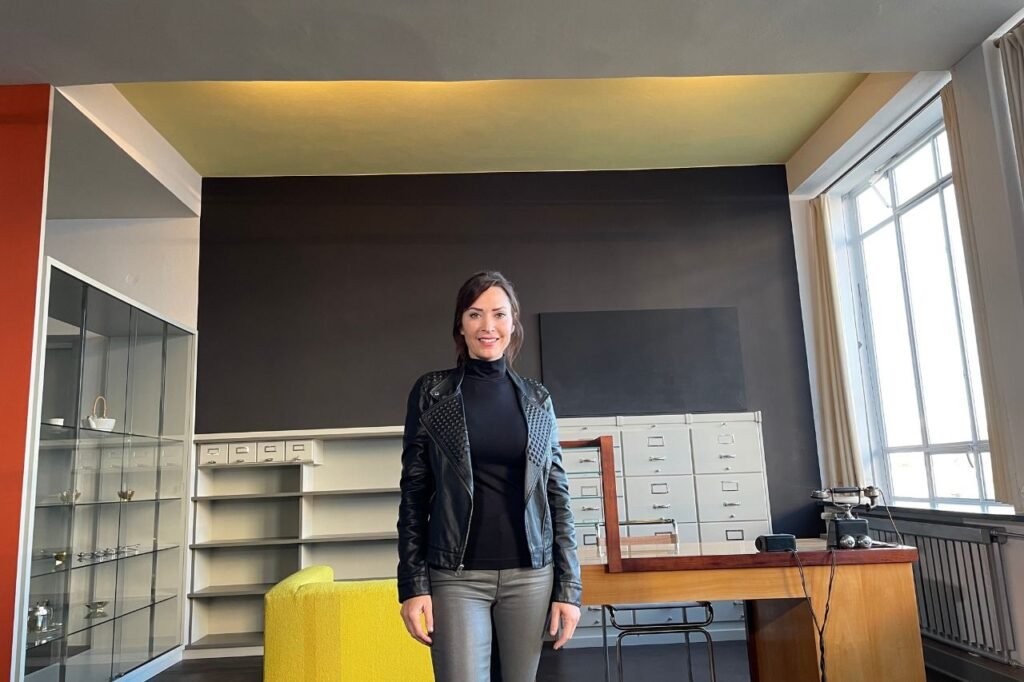
Anke explained that this was intentional. “The play of light and shadow from the windows creates the art. The building itself is the artwork.”
The Masters’ Houses: Living the Bauhaus Way
Just a short walk away, we arrived at the Masters’ Houses. These were the homes designed by Gropius for the Bauhaus instructors. Think white cubes, large windows, and clean lines. They looked futuristic even by today’s standards.
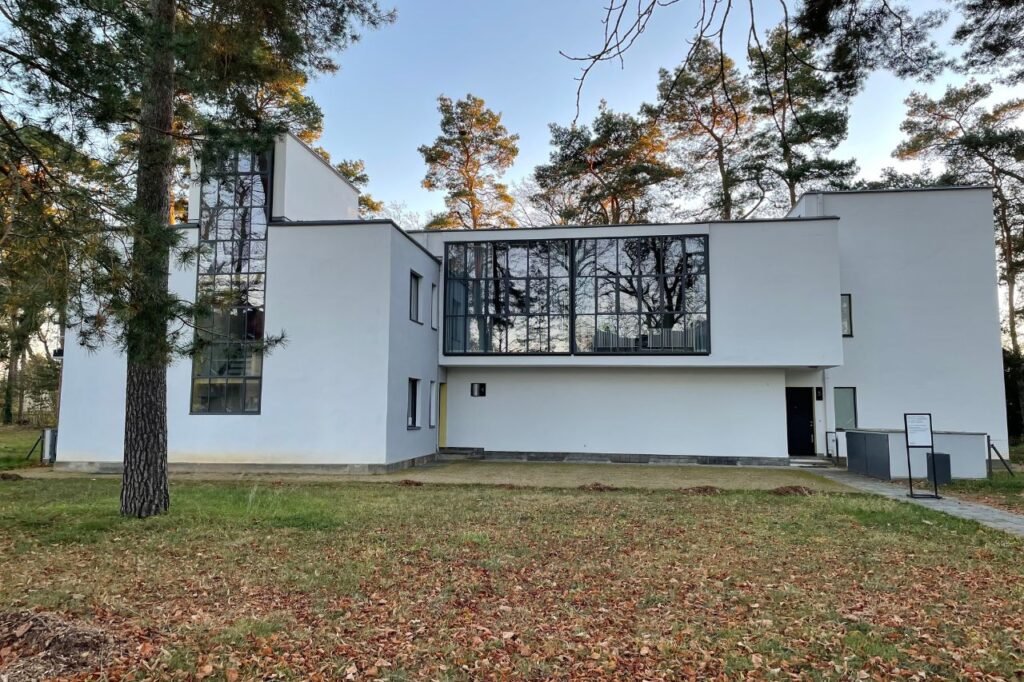
We passed through a landscaped English-style garden, the first of its kind on the European continent. Gropius deliberately placed his most modern buildings next to the most modern garden of its time. A blend of nature and innovation.
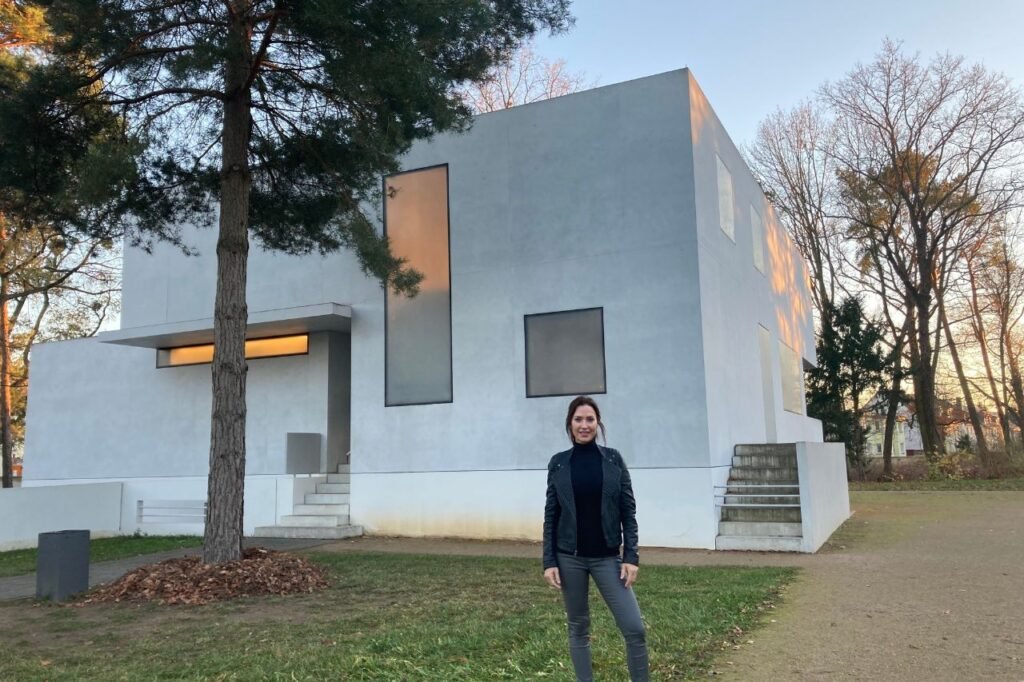
The first house belonged to Gropius himself, although the original was destroyed in WWII. The rebuilt version uses modern materials to reflect that it’s not the same structure. It’s now an exhibition space.
“You won’t see his old apartment inside,” Anke noted. “But you will see how his ideas still shape this space.”
Kornhaus Restaurant: A Bauhaus Landmark on the Elbe
Next up was the Kornhaus Restaurant, designed by Bauhaus architect Carl Fieger in 1930. Built on the site of an old mill, its bold curves and glass veranda stand out along the Elbe River.
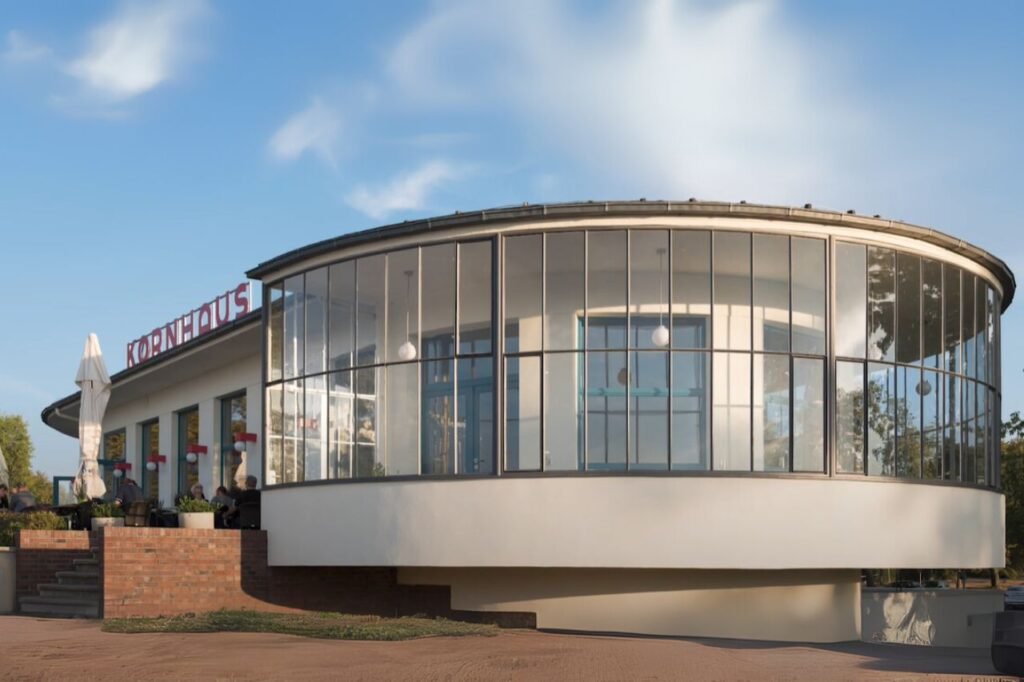
As we entered, I could see how the building invited the landscape inside. The basement is pulled back, creating the illusion that the glass veranda is floating.
“You feel like you’re a part of nature,” Anke said. “That was the idea, no frontier between inside and outside.”
The Kornhaus is still in operation today. Its transparency and openness make it a true representation of Bauhaus ideals.
Törten Housing Settlement: Bauhaus for Everyday People
One of the most powerful stops on our tour was the Törten Housing Settlement. Built between 1926 and 1928, this housing project provided affordable homes for factory workers.
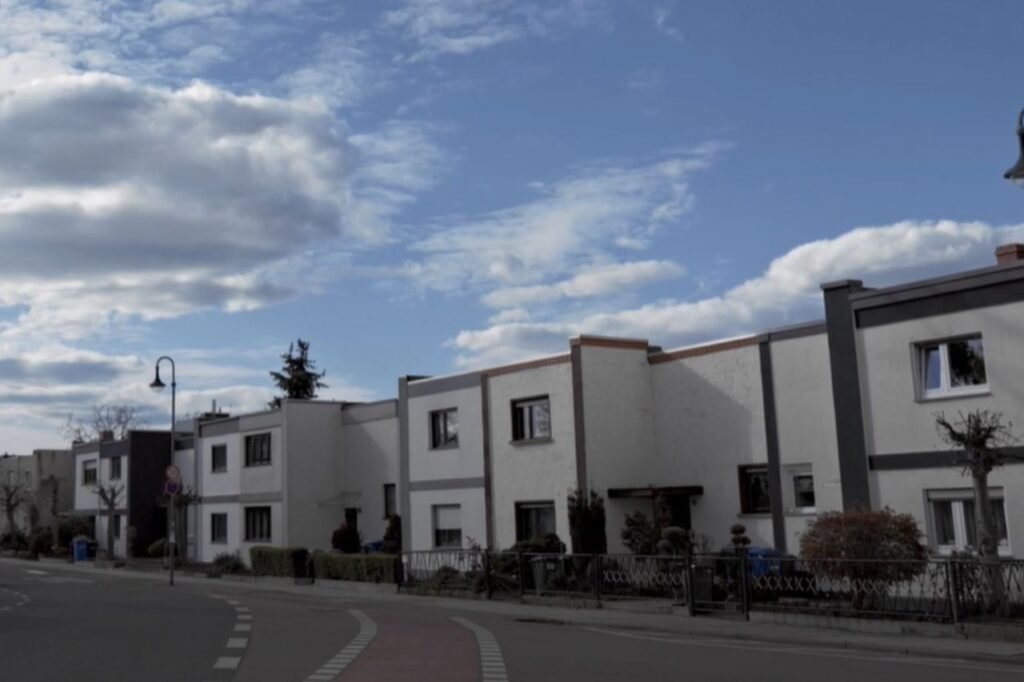
Walter Gropius designed 314 units. Each had modest square footage and a backyard garden where residents could grow their own food. He believed that everyone deserved well-designed housing.
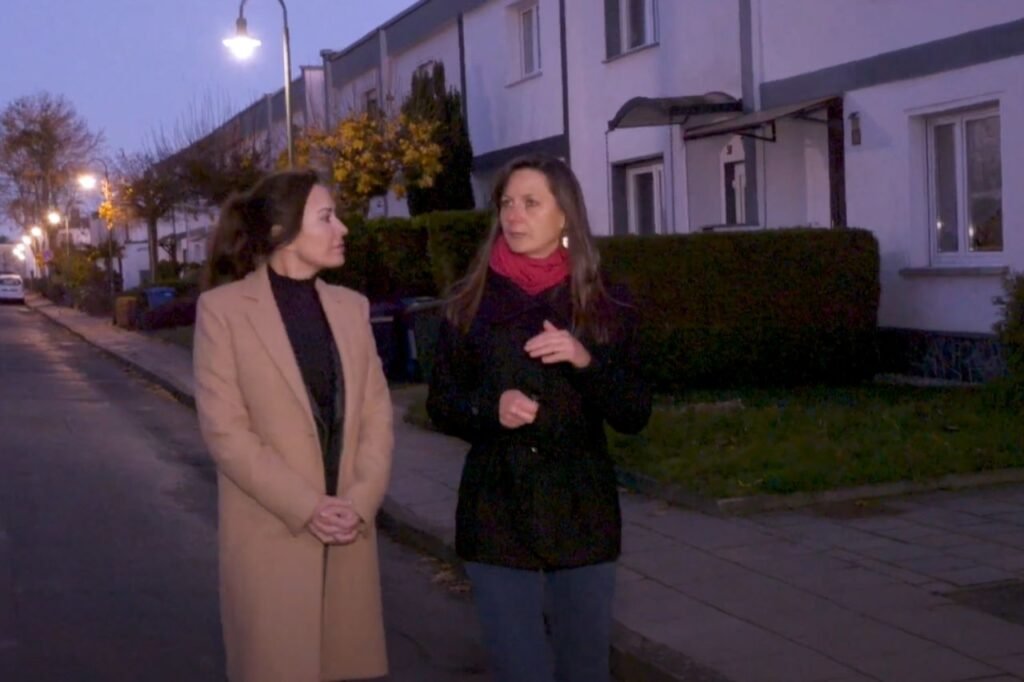
Interestingly, Gropius wanted this complex built closer to the Bauhaus campus. But that land was too expensive. The city had to settle for another site.
Still, the homes stood as proof that Bauhaus wasn’t just for elite artists. It was for communities.
Inside the Bauhaus Museum Dessau
We headed next to the Bauhaus Museum Dessau, a striking glass cube in the city center that opened in 2019. The museum displays 1,000 objects from the Bauhaus collection, with 50,000 more stored in its archives.
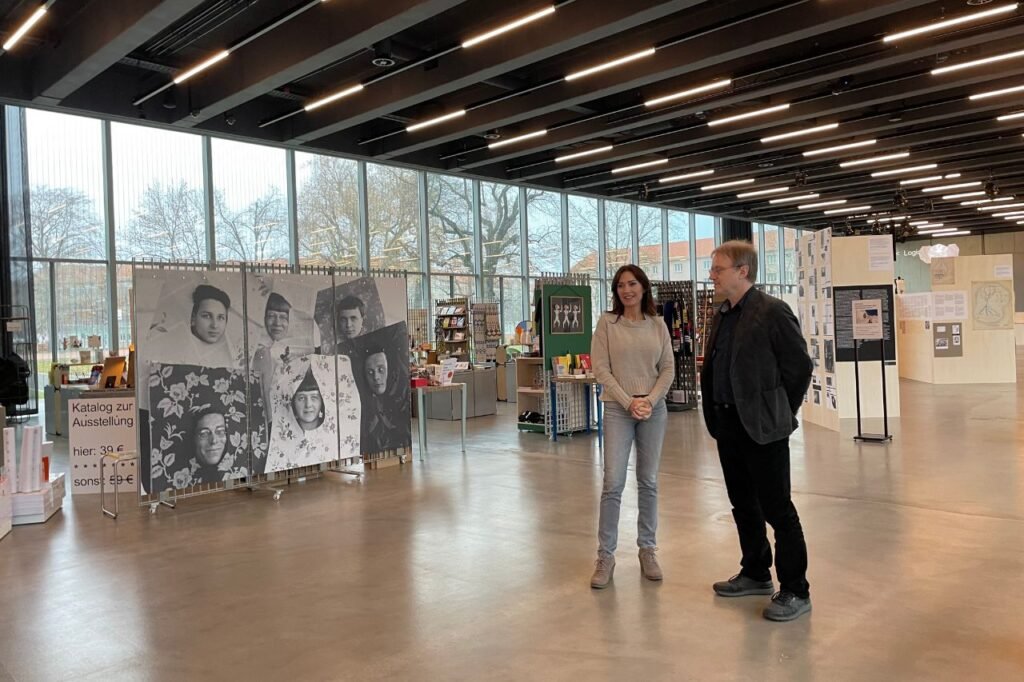
The ground floor is open to all; the upper floors require a ticket. Inside, you’ll find lamps, furniture, textiles, and original student projects.
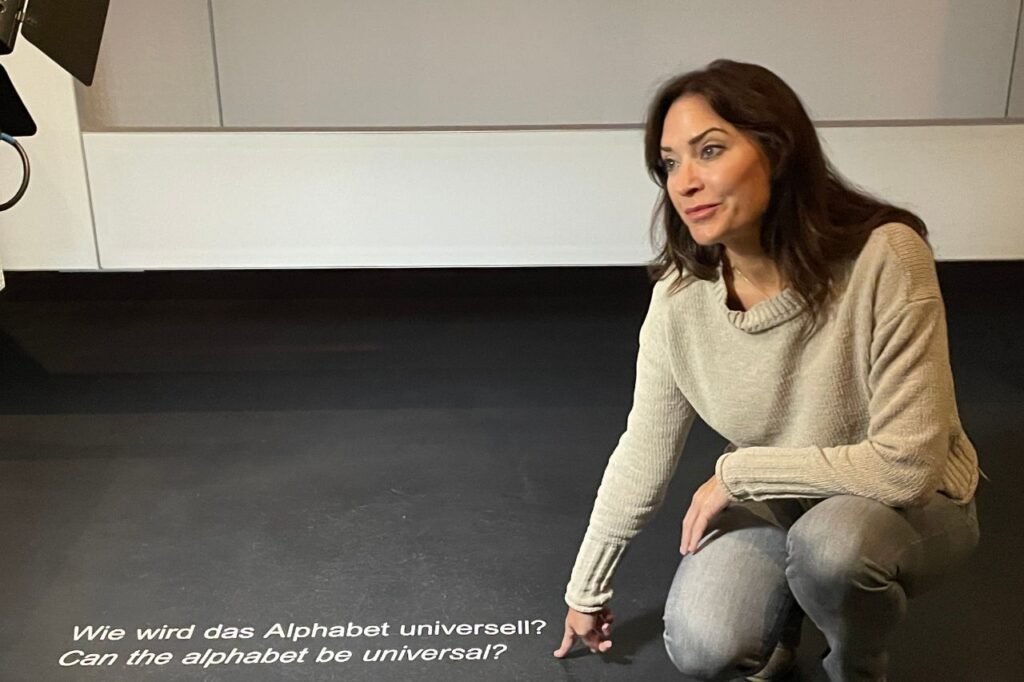
Some exhibits asked provocative questions: “Can the alphabet be universal?” and “Where does artistic creativity begin?“
One piece that stood out to me was Marcel Breuer’s iconic tubular steel chair. Designed in Dessau, it still influences furniture today.
Dornburg: Bauhaus in a Pottery Workshop
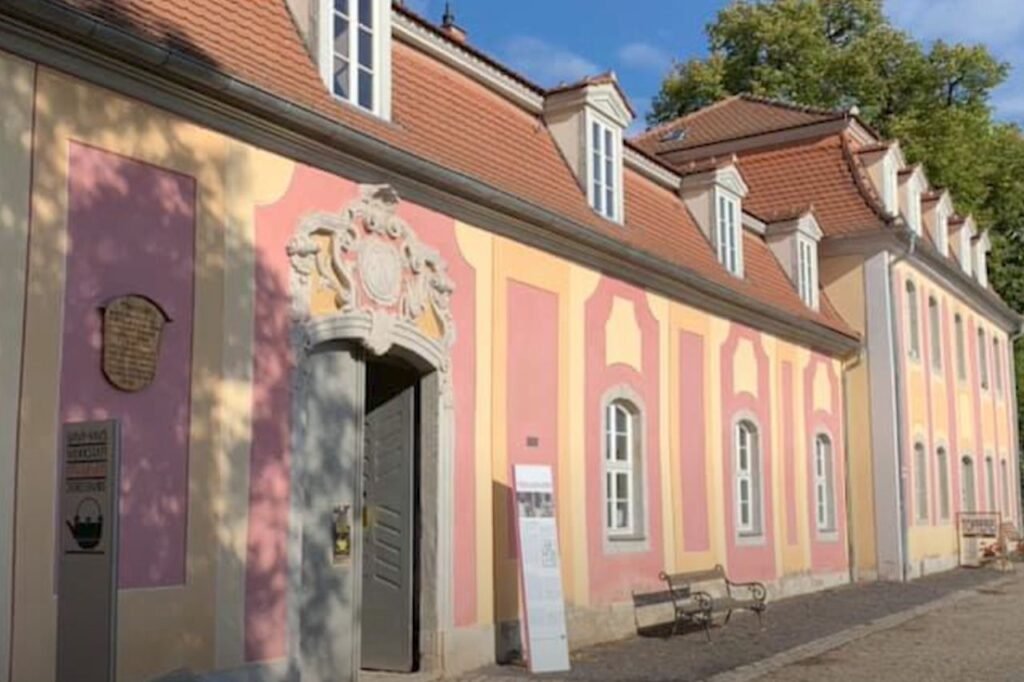
We left Dessau and traveled to Dornburg, about 30 kilometers from Weimar. Here, the Bauhaus set up its ceramics workshop in 1920, inside former castle stables.
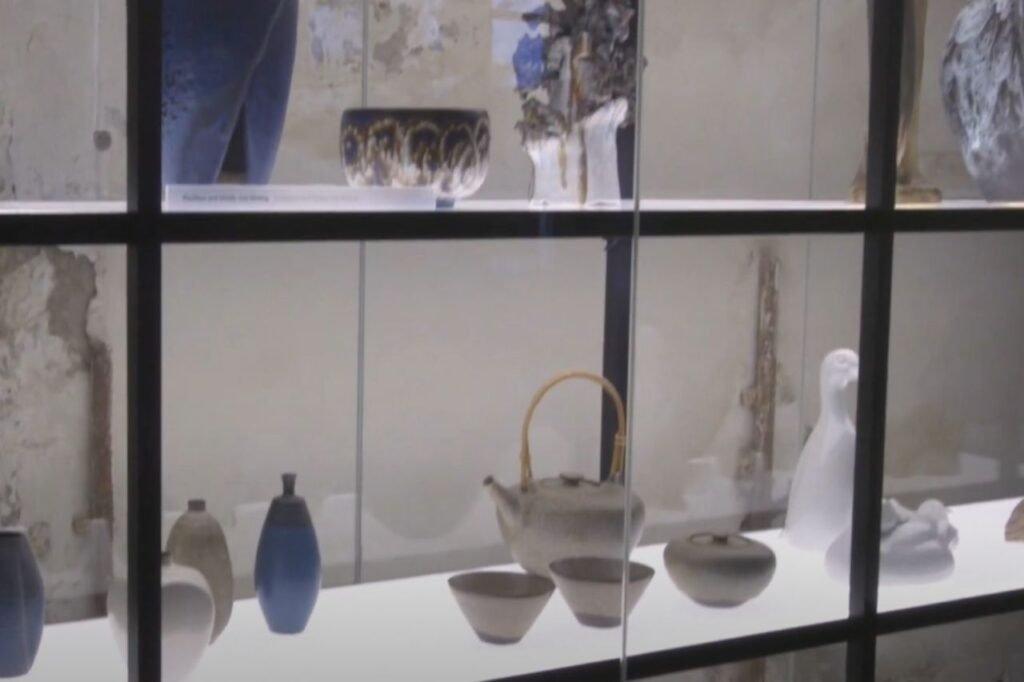
Led by local potter Max Krehan, the workshop taught students to work with their hands. The goal wasn’t just design on paper, it was about craftsmanship, touch, and tradition.
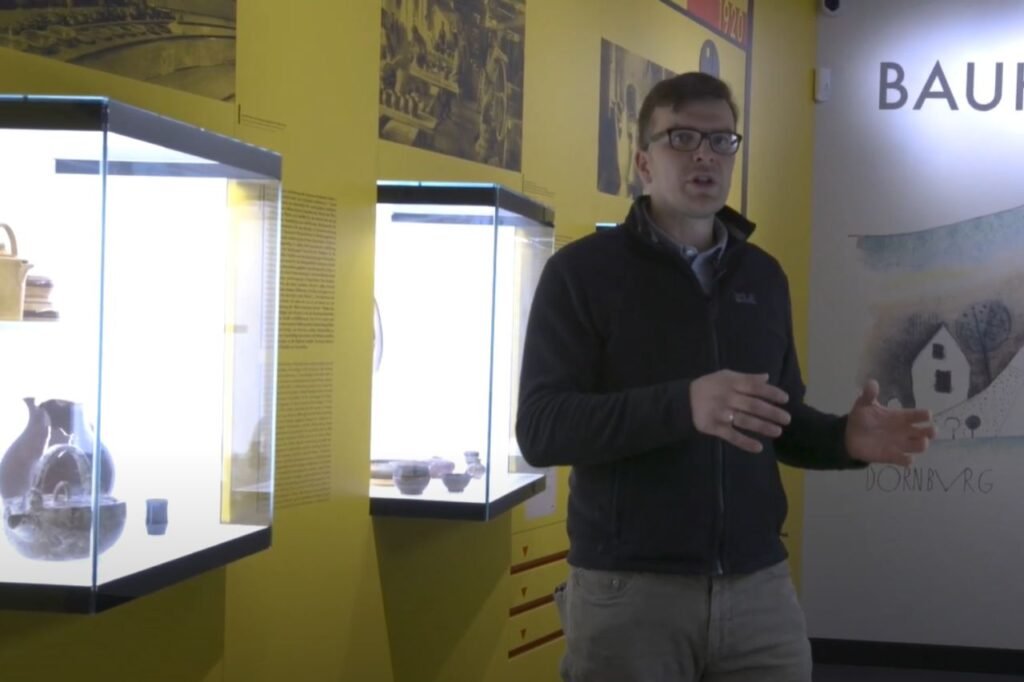
Today, the site is a museum. More than 100 original pieces are on display: coffee pots, tiles, and tools. Some of the original furniture and layout remain, offering a glimpse into how students worked.
“What looks old is original,” our guide explained. “What looks new, we added to help visitors understand the space.”
Probstzella: A Bauhaus Hotel in the Hills
Further on, we arrived at Probstzella, home to the House of the People. Designed by Bauhaus student Alfred Arndt in 1927, the building started as a community center but was later transformed into a hotel.
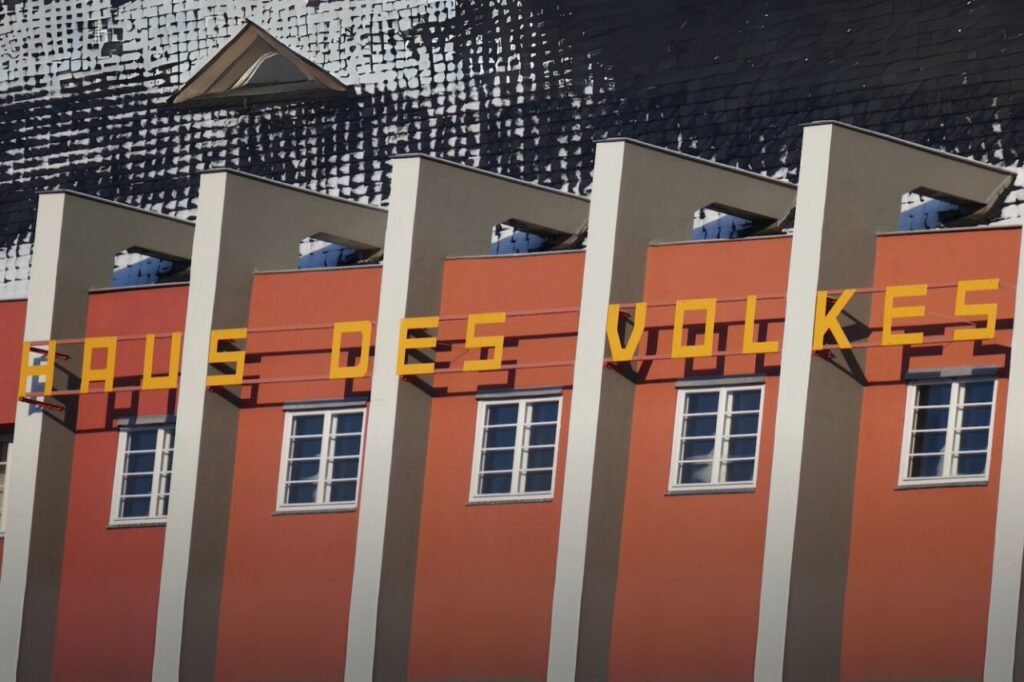
What’s remarkable is that it still operates today. You can sleep in rooms furnished with original Bauhaus pieces. The hotel serves as a living museum.
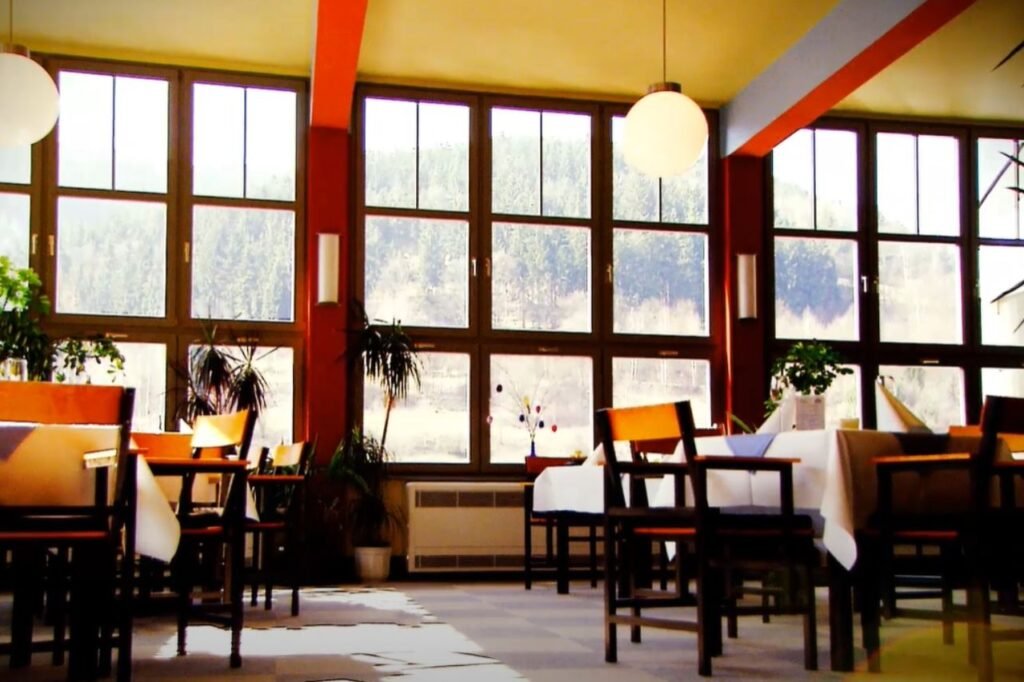
Probstzella was once part of East Germany’s restricted zone and was forgotten during the Cold War. In 2003, new owners restored the building and reopened it in 2006.
Here, you don’t just learn about Bauhaus. You live it.
Dinner at Brauhaus Dessau
Back in Dessau, we ended our day at the Brauhaus, a local brewery built on the ruins of a WWII-destroyed brewery. It reopened in 2001.
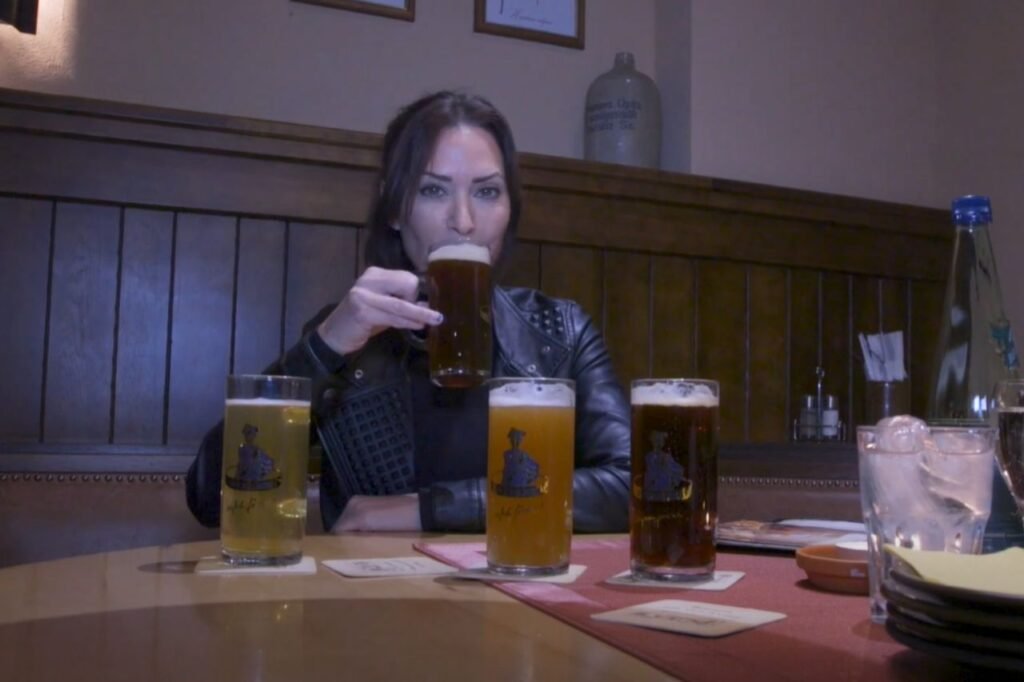
The beer is brewed right in the middle of the restaurant. I tried four different varieties, from light to dark. The flavors were rich, the setting warm.
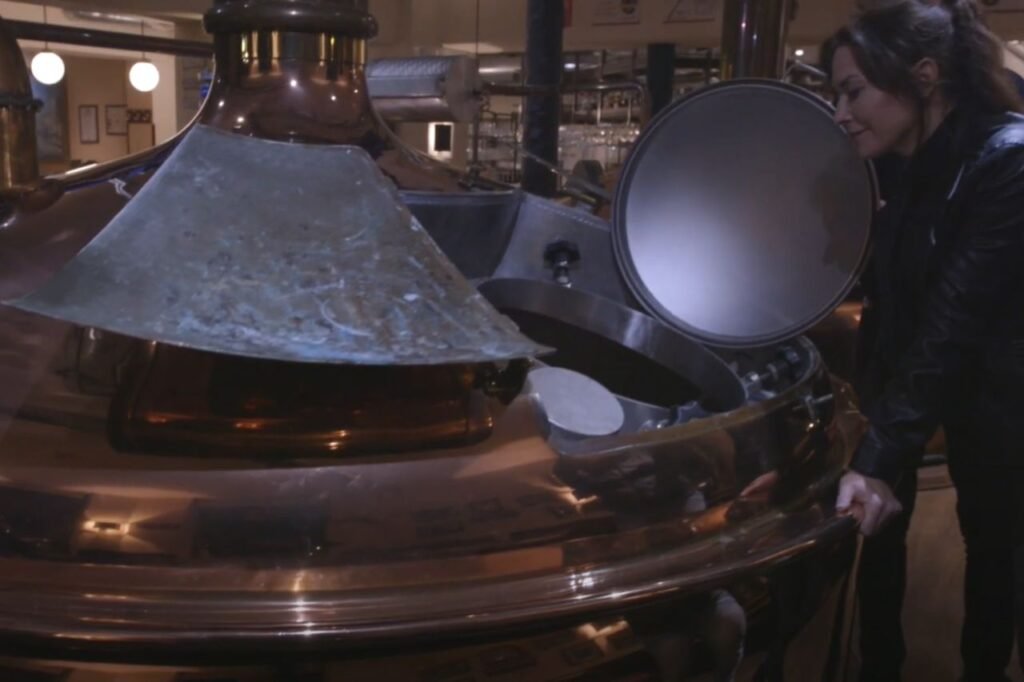
We ordered goose and pork knuckle with sauerkraut, a traditional German feast. It was the perfect close to a day exploring Dessau’s architectural and cultural treasures.
Why Bauhaus Still Resonates Today
To some, Bauhaus architecture may look plain, concrete, glass, and minimal in design. But if you look closer, you’ll see a philosophy that believed design could change society.
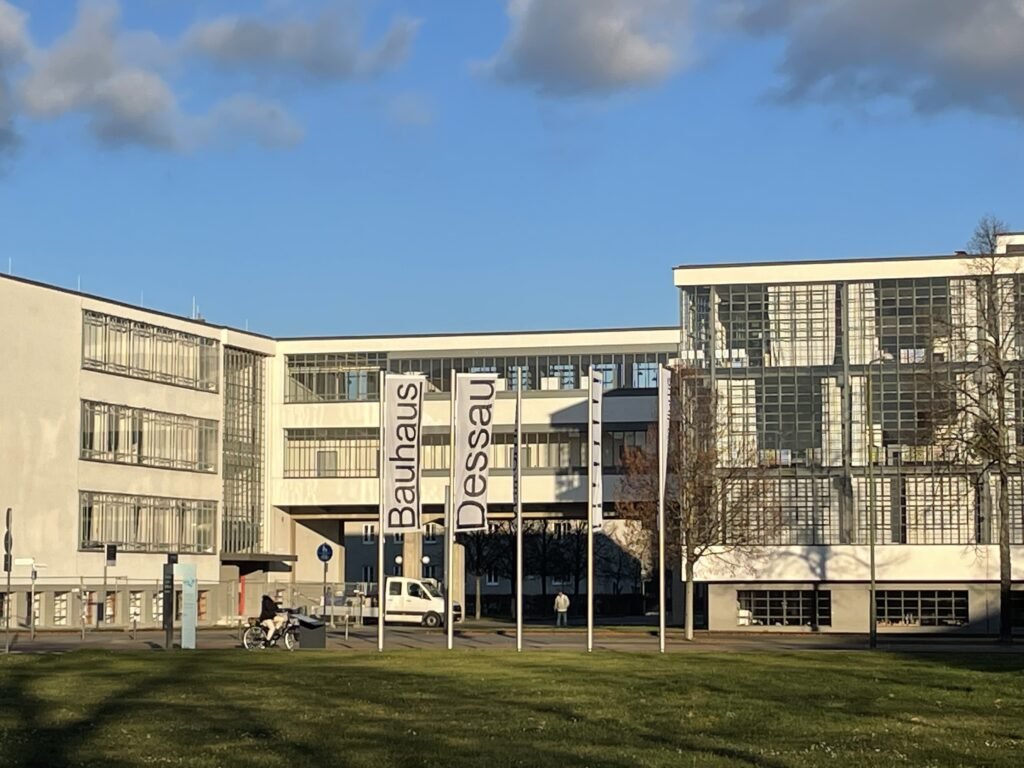
Bauhaus stood for function, openness, affordability, and hands-on creativity. Its students were inventors. Its buildings were experiments. Its legacy lives on in everything from IKEA chairs to open-concept homes.
And in Dessau, that legacy still breathes.
If You Plan to Visit Dessau, Germany
When to Go:
- Spring and fall are ideal.
What to See:
- Bauhaus Building
- Masters’ Houses
- Kornhaus Restaurant
- Törten Housing Settlement
- Bauhaus Museum
- Dornburg Ceramics Workshop
- House of the People in Probstzella
Don’t Miss:
- A dinner and beer tasting at Brauhaus Dessau
Stay Connected Anywhere with Saily eSIM
Traveling soon? Skip the hassle of buying local SIM cards and enjoy instant connectivity with Saily eSIM.
With Saily, you can:
- Activate mobile data in minutes—no physical SIM needed.
- Choose affordable plans in over 150 countries.
- Keep your WhatsApp, contacts, and number without switching.

Whether you’re exploring cities or remote getaways, Saily makes staying online easy and affordable.
Get your Saily eSIM now and travel worry-free.
Book Your Tours Here:
Why Dessau Still Matters in Modern Design
This journey through Dessau wasn’t just a tour of buildings, it was a step inside a mindset that still shapes how we live and create today. The Bauhaus movement wasn’t about style for style’s sake. It was about reimagining daily life, how we design, how we work, and how we connect with space, light, and each other.
Walking through the workshops, houses, and museums made one thing clear: Bauhaus didn’t fade, it evolved. And in Dessau, you can still feel its heartbeat in glass walls, open studios, and the quiet rhythm of design that puts people first.
If you’re curious about where modern architecture began, you won’t just find answers here, you’ll find inspiration.
Let’s walk through the Bauhaus story in Dessau, just as I experienced it.
I’d love for you to join me beyond the blog. Subscribe to my YouTube channel for more creative adventures around the world.
Read More Germany Travel Guide and Tips:
Erfurt Germany: Explore Bauhaus, Crafts & Local Shops
Exploring the Blisgeau Biosphere in Saarland, Germany
12 Top Things To Do In Tubingen Germany









